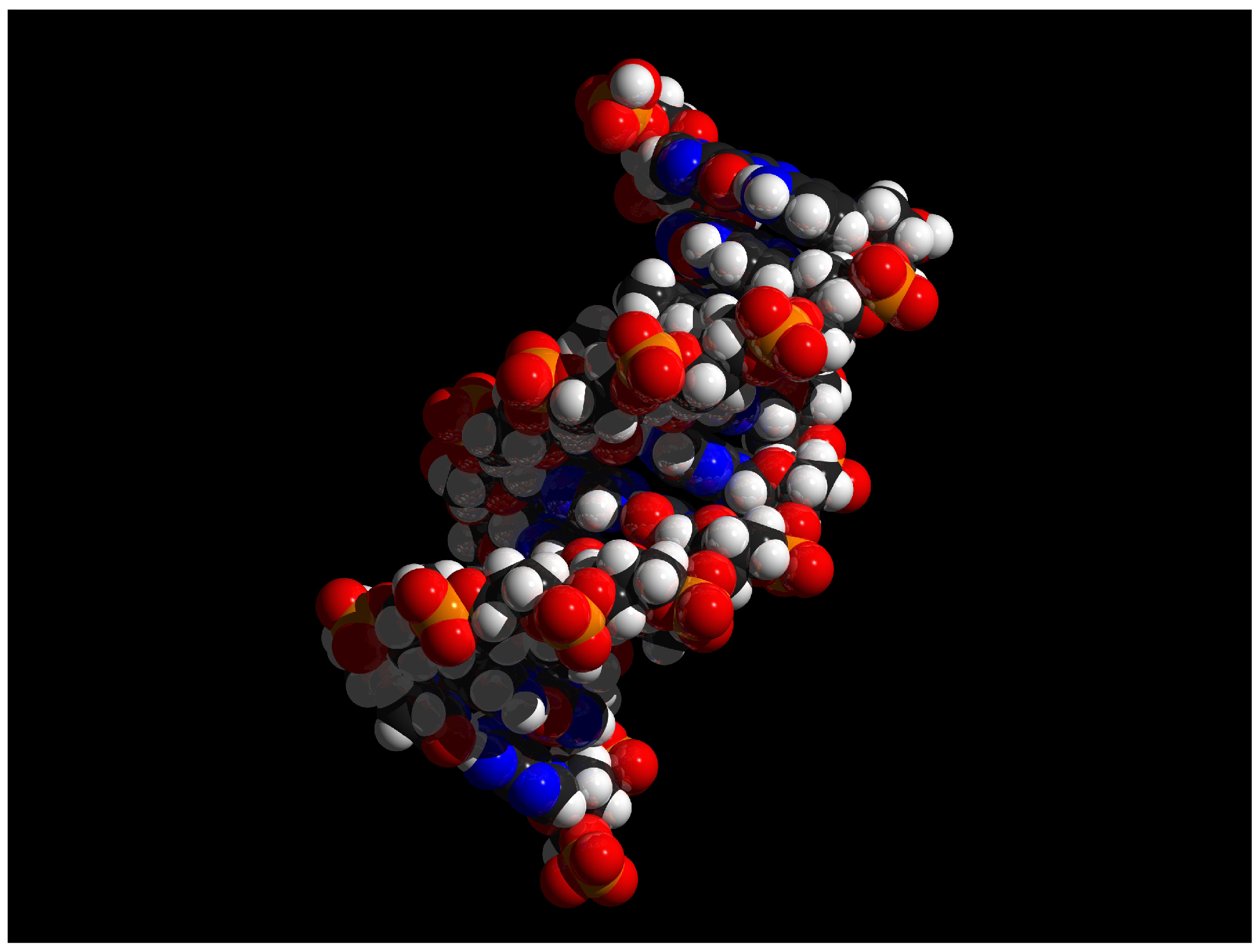1103 Chapter 2. The Chemical Level of Organization
Introduction

The smallest, most fundamental material components of the human body are chemical elements. All of the elements found in the human body — elements that include phosphorus, carbon, sodium, and calcium, to name a few — originated in stars. These elements, in turn, form both the inorganic and organic chemical compounds important to life, including, for example, water, glucose, and proteins. This chapter begins by examining elements and how the structures of atoms, the basic units of matter, determine the characteristics of elements by the number of protons, neutrons, and electrons in the atoms. The chapter then builds the framework of life from there.

